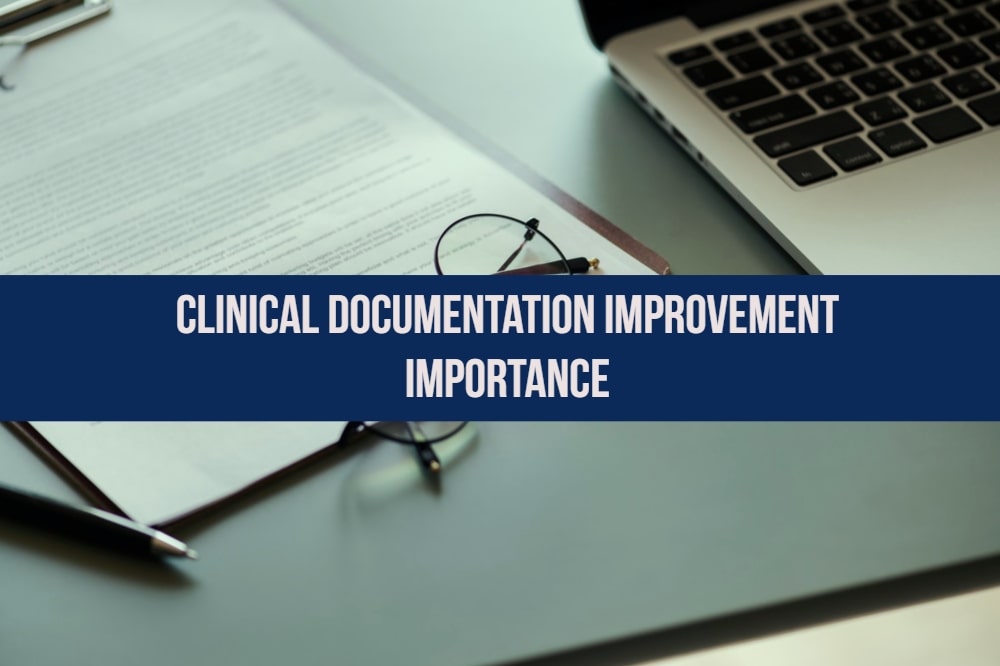If you look at your patient’s problem holistically, why would you not do so with your revenue cycle problems too? Similar to the human body, where different organs work in tandem to keep the body healthy; in revenue cycle management different parties come together to keep the cycle healthy. These would include the patient, patient’s family, nurses, physicians, billing departments, co-payers, insurance companies and any other entity connected with the patient’s visit to your clinic.
In order to make your revenue cycle work seamlessly and keep your practice in the black, it is important that you manage your revenue cycle with the same intensity and care with with which you would manage your patients. Let us look at some of the best practices of revenue cycle management steps.
The beginning is the best place to start
The best place to start putting your revenue cycle management in order is the very beginning – with patient scheduling and registration. Collecting accurate information at this time provides the groundwork for claims billing and collections in an efficient and effective manner. Checking the patient’s previous records, if any, and collecting any past dues at this stage is a good way to start. This is the first contact point with your patient and it will save both the patient and the clinic a lot of headache and heartache if the patient understands the costs involved, their insurance coverage and the payment process. This will also allow them to make their choices as the treatment progresses.
You need to recognize the challenges faced by both the patient and your organization in relation to bundled payments and look at the same in totality.
Get back to the basics
If the cost of generating revenue is more than the revenue generated – then you are in trouble. Healthcare methods and costs are constantly changing. Maintaining financial stability in such an environment is challenging. One simple method of keeping on top of this is good, clear and concise communication. Every member of your staff should be able to communicate clearly and precisely with their points of contact – be it the patients and their families, the co-payers or the insurance companies. This leaves no place for ambiguity and ensures a smooth transition from claims to payment.
Make it a habit to analyze your data
You cannot manage what you can’t measure. The best way to improve your revenue cycle is to analyze your data regularly – this will throw up areas where you need to improve and pinpoint places from where you are bleeding revenue. Share your analysis with all members of your staff, so that they are aware of the problem areas. Regular data analysis will help you and your staff to focus on areas where costs could be reduced, while at the same time, would help everyone understand the environmental context. Use the data analysis to address expenses on a regular basis and ask for suggestions from everyone on your staff on reducing them.
Don’t maintain; improve your efficiency
Maximizing cash flows and net revenues are the goals of revenue cycle management. The best way to achieve this is when everyone works towards improving their efficiency. If you are stuck with maintaining your current levels of performance and efficiency, you will soon find yourself in the red. There is a constant need to analyze and find ways to get more efficient, reduce waste, improve upon denials and rejections, and cut costs without affecting performance.
Condense your billing program
Instead of looking at the revenue cycle as a support or shared service, start looking at it as a strategic business unit. Technology advances have made it possible to improve upon how your revenue cycle is managed. One of the first steps to implement should be a more streamlined billing process. Instead of a patient receiving multiple bills from multiple providers, consolidate the bills into a single one. This would make it simpler for the patient and easier for the clinic to realize all dues.
It pays to be caring
The patient who walks into your clinic is already stressed about his health. Ensure that the process of registration and scheduling is efficient and done with a caring attitude. A patient, who feels cared for and thus comfortable, is more likely to be able to give proper and correct information with regard to his insurance and other registration details. You keep going back to a place where you feel comfortable and cared for – it is the same with the patient. Once a patient visits your clinic, it should be your aim to ensure that he never looks for another one the next time he requires any healthcare services.



